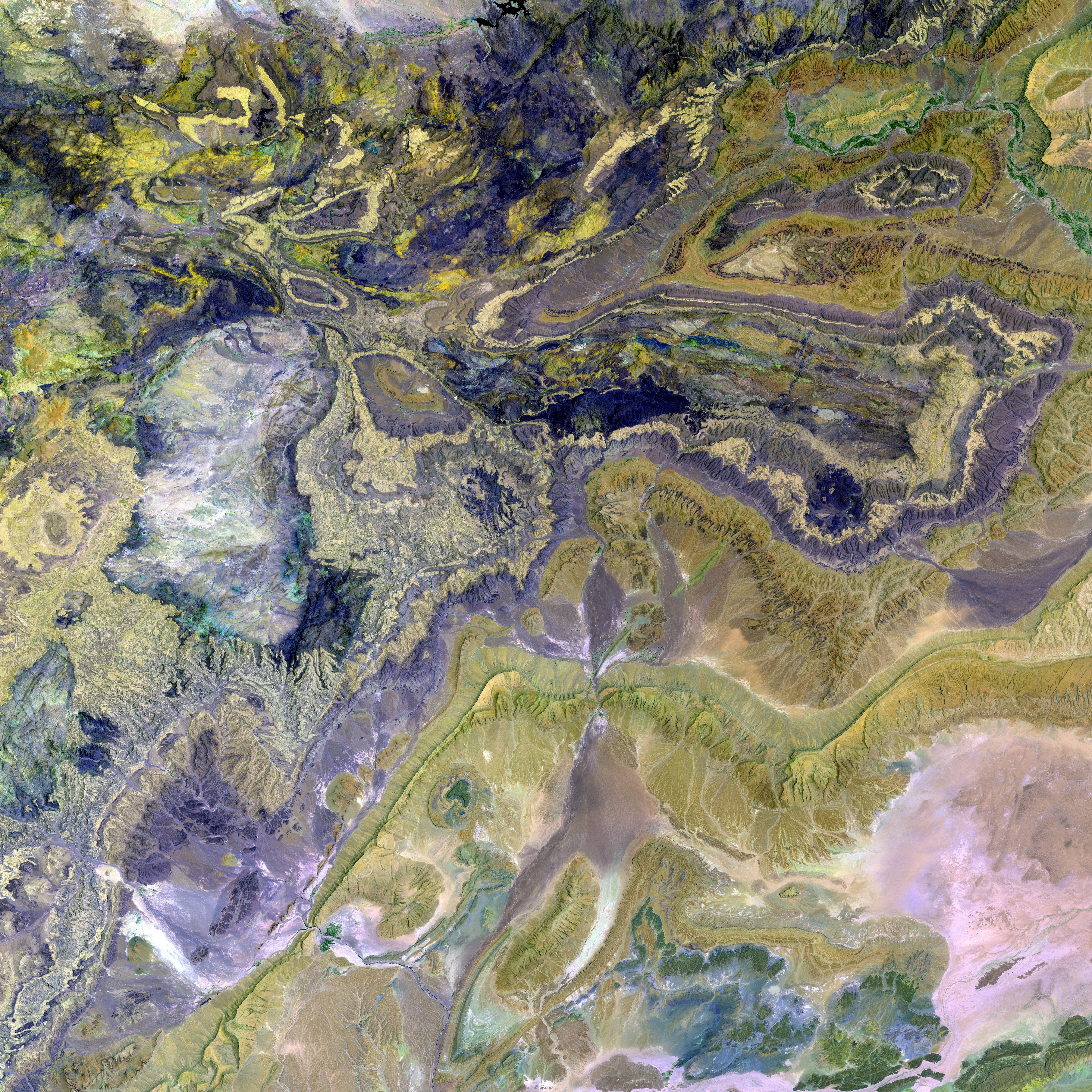Distinguishing Age Spots from Skin Cancer: Identification Guidelines
Harmless Age Spots vs. Skin Cancer: Recognizing the Differences
As individuals age, they may encounter skin imperfections known as age spots or liver spots. These marks can resemble certain types of skin cancer or precancerous growths, resulting in confusion. To help individuals identify age spots from cancerous growths, it is essential to grasp the key differences between them.
Both age spots and skin cancer tend to form on areas often exposed to the sun, such as the hands, face, and shoulders. However, understanding the differences in appearance, characteristics, and symptoms can help those discern when to seek medical advice.
Age Spots
Age spots, also called solar lentigines, present as flat, circular patches of skin darker than the surrounding areas. These markings are generally smooth, with distinct borders and vary in size from a few millimeters to several centimeters. The formation of age spots is mainly due to an increase in melanin production by the body as a protective mechanism against UV radiation from the sun. Although more common in those with fair skin, age spots can appear on any skin tone. Typically, age spots start to appear from middle age and become more prominent with exposure to sunlight.
Skin Cancer
Skin cancer represents a malignant growth that can be life-threatening if not detected early and treated promptly. Like age spots, skin cancer is most likely to develop on areas exposed to the sun due to damage caused by UV radiation. Skin cancer growth occurs as a result of harmful mutations in skin cells caused by UV radiation or other factors. Unlike age spots, skin cancer is a dangerous condition that may spread to other parts of the body.
The three most common types of skin cancer are basal cell carcinoma, squamous cell carcinoma, and melanoma. Additionally, precancerous growth known as actinic keratosis can resemble age spots, which may transform into cancer if left untreated.
Differences in Appearance and Symptoms
Age spots are usually flat and smooth, while skin cancer tends to be raised or take on various shapes and sizes. Age spots have well-defined borders and are typically a single shade of brown, yellow, or gray, whereas skin cancer may exhibit multiple colors, including pink, blue, purple, black, or brown. Age spots are generally not painful or itchy, while skin cancer may produce symptoms such as bleeding, crusting, or rapid changes in appearance.
In the event of a new or unusual skin mark, promptly consult a healthcare professional to determine whether it may be a sign of skin cancer or another condition. If diagnosed with skin cancer or actinic keratosis, early detection can increase the chances of successful treatment and improved health outcomes.
In conclusion, although age spots and skin cancer share similar characteristics, early recognition and differentiation between the two are critical for timely intervention and effective treatment. Individuals should be familiar with the common symptoms and signs of age spots and skin cancer, especially those who spend extended time in the sun. Regular self-examinations and consultations with healthcare professionals can help maintain skin health and promote an early detection of potentially dangerous conditions.
- Age spots, or solar lentigines, appear as flat, circular patches of skin darker than the surrounding areas, with distinct borders and varying sizes, while skin cancer is often raised or irregular in shape and size, exhibiting multiple colors such as pink, blue, purple, black, or brown.
- Dermatologists and oncologists may advise seniors to be extra vigilant about their skin-care routines, focusing on health-and-wellness practices that promote skin-conditions recovery and ward off potential medical-conditions like skin cancer.
- Melanoma, a severe form of skin cancer, can mimic age spots; however, it is typically more aggressive and may present with unusual changes, such as bleeding, itching, or rapid growth, indicating the need for seeking medical attention immediately.
- As advancements in science continue to shed light on cancer and other medical-conditions, the practice of dermatology plays a crucial role in recognizing and treating age spots, skin cancers, and precancerous growths like actinic keratosis, ensuring the best possible health-and-wellness outcomes for seniors.
- Skin-care regimens that incorporate protection from the sun, regular self-examinations, and consultations with healthcare professionals can help seniors early detect potentially dangerous skin-conditions like skin cancer or precancerous growths like actinic keratosis, thereby increasing the chances of successful treatment and improved health-and-wellness.








